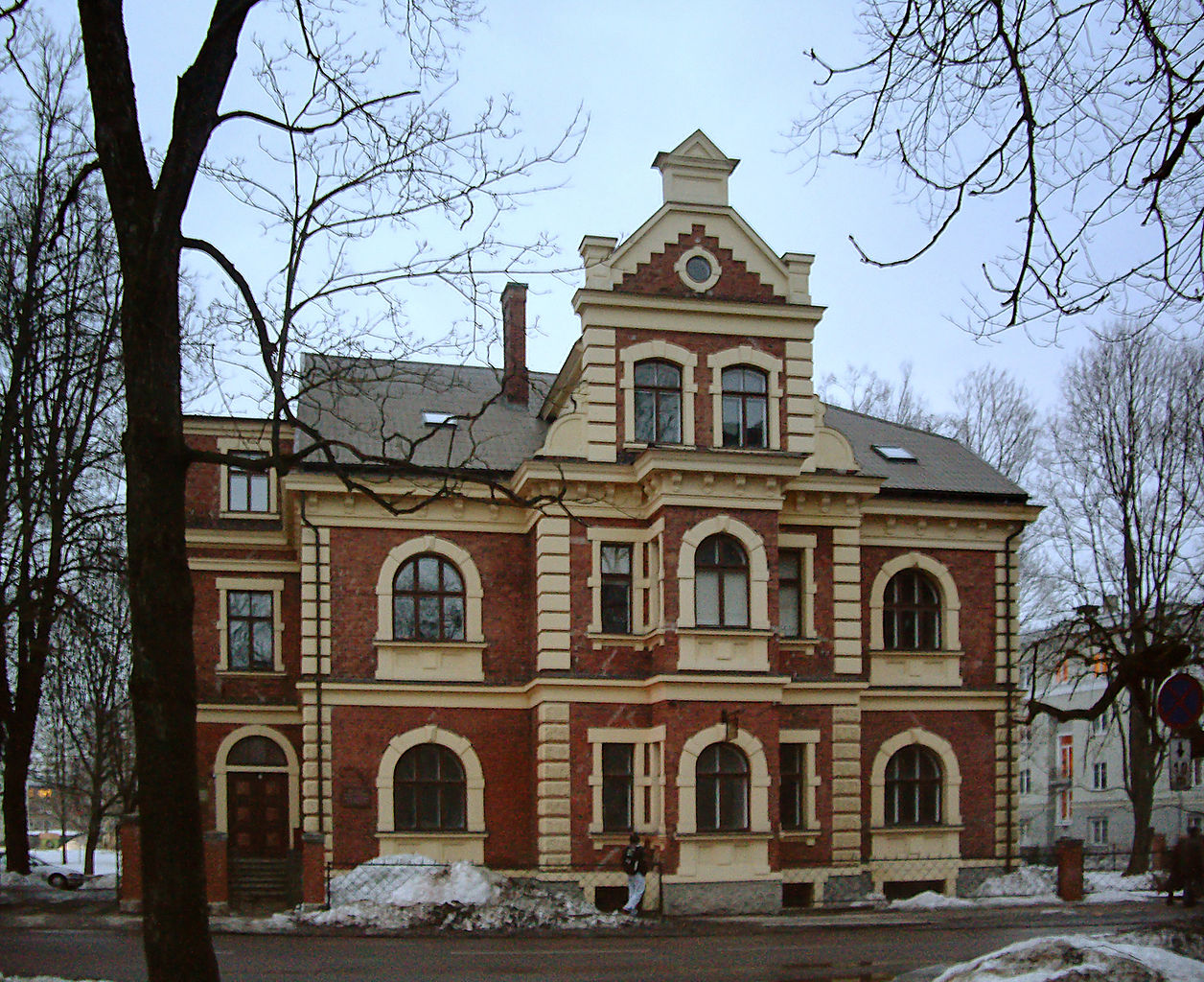About a history of the Estonian Health Museum
The idea to establish a health museum came from the Union of the Medical Societies of Estonia. Professor Aleksander Rammul, the Head of the Health Care Institute of the University of Tartu, raised the question about the need for such a museum. A medical exhibition staged at the 1st Congress of Estonian Medical Professionals (held in November-December 1921) gave the direct impetus to act when it was decided to preserve some of the exhibits for the future museum. Tartu was selected as the location of the new museum.
On 22 November 1922, the working group on the Health Museum was established. The members of the working group were Professor Aleksander Rammul, Professor Aleksander Paldrock, Assistant Professor John Blumberg, Dr. O. Tomberg, Dr. G. Kroll; Stud. Med. Voldemar Sumberg was elected the secretary of the working group.
Estonia had no prior experience in running such museums, so the secretary was sent to Dresden, Berlin, Amsterdam, Helsinki and Paris to see how health museums are managed there and to learn from their experiences. V. Sumberg prepared a development concept for the museum: “Health museums are not just depositories of antiquities and historical artefacts. They are educational institutions aiming to educate people about health care issues through illustrative and captivating exhibits, while firmly grounded in the requirements of real life and scientific achievements.”
Building on that concept and on the principle that prevention is more important than treatment, the working group, under the leadership of Voldemar Sumberg, undertook the ambitious task of establishing a health museum. The first exhibition, featuring 300 exhibits, was staged from 21 December 1924 to 1 November 1928 in two rooms at the address Vanemuise 46, Tartu. The first exhibits were borrowed from foreign museums but soon the museum had its own workshops and labs that made replicas and preparations.
 Foto: wikimedia.org
Foto: wikimedia.org
